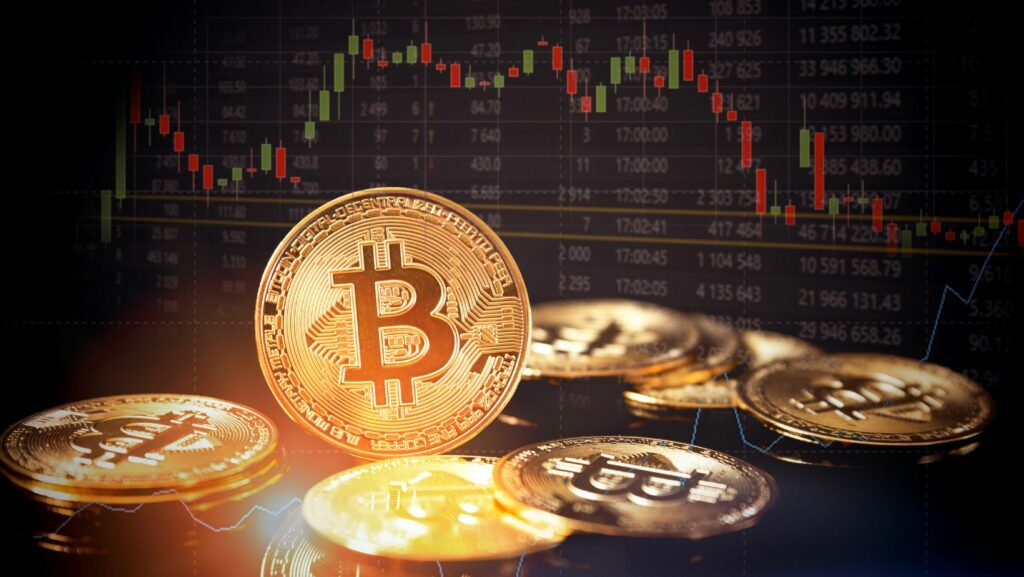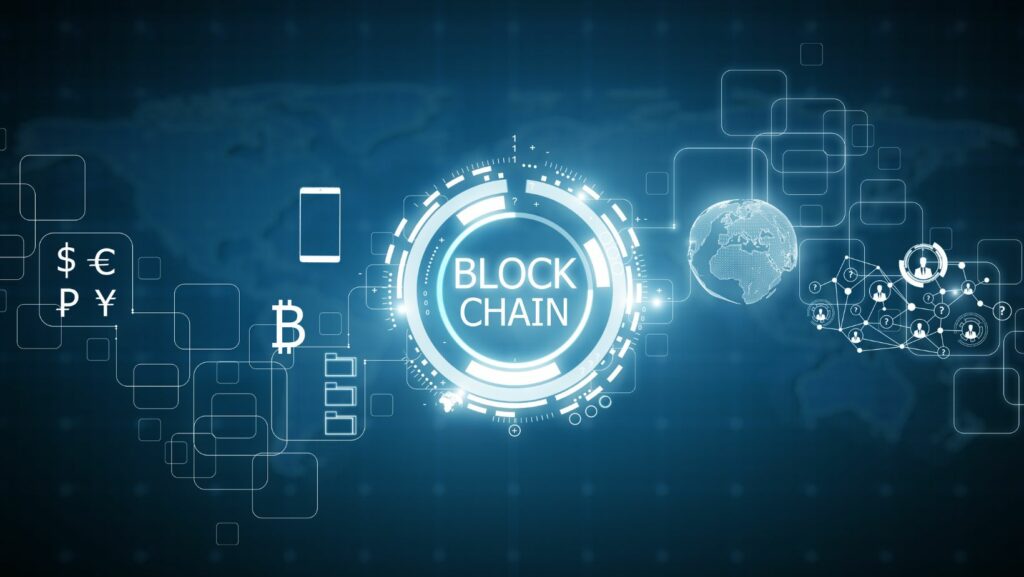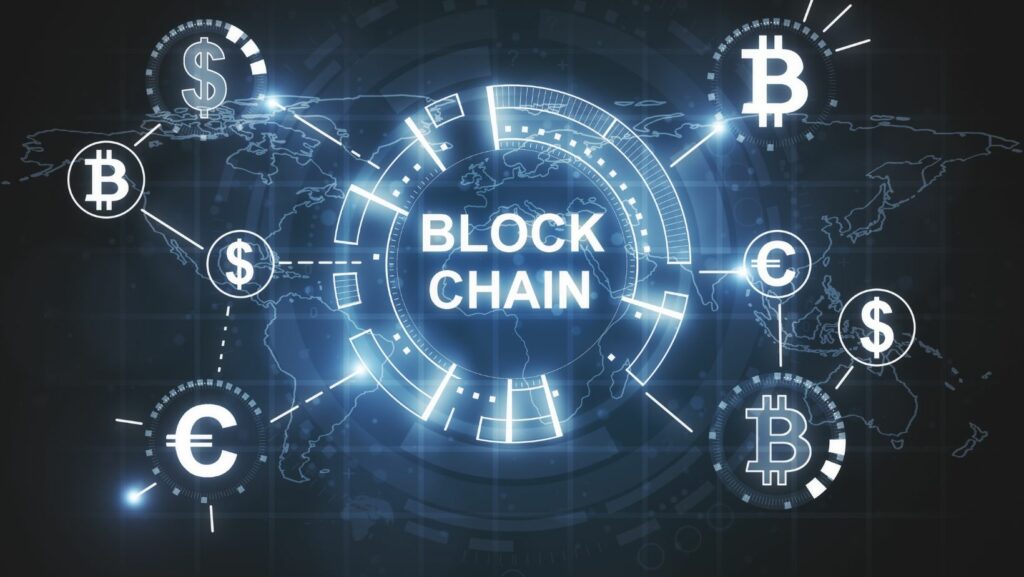In today’s digital age, the security and accessibility of cryptocurrency assets are paramount. A blockchain wallet serves as a vital tool for users looking to manage their digital currencies efficiently. This type of wallet not only stores cryptocurrencies but also allows users to perform secure transactions over the internet. Understanding how to log into a blockchain wallet is the first step toward harnessing the full potential of this technology.
Blockchain Wallet Login
What Is a Blockchain Wallet?
A blockchain wallet is a digital wallet that allows users to manage, store, and securely trade their cryptocurrency assets. This tool operates using encryption to provide safe access to the user’s funds. Blockchain wallets support a variety of cryptocurrencies, such as Bitcoin, Ethereum, and others, showcasing versatility in transaction management. Users gain not only a way to check their balances but also a method to send and receive cryptocurrencies through blockchain technology.
How Does Blockchain Wallet Login Work?
 The process of logging into a blockchain wallet involves several key steps designed to ensure user security and ease of access. Initially, users must choose a reputable wallet provider and set up an account by creating a unique and strong password. During setup, they’ll generate a set of keys; one public for receiving transactions and one private for accessing their wallet.
The process of logging into a blockchain wallet involves several key steps designed to ensure user security and ease of access. Initially, users must choose a reputable wallet provider and set up an account by creating a unique and strong password. During setup, they’ll generate a set of keys; one public for receiving transactions and one private for accessing their wallet.
- Enter the official website or application: Users start by navigating to their wallet provider’s official platform.
- Input login credentials: They must enter their username and password. If they’re accessing their wallet from a new device or IP address, additional authentication factors may be required.
- Two-factor authentication: For enhanced security, entering a code sent via SMS or an authenticator app proves vital.
- Wallet access: Upon successful authentication, users gain access to their wallet, where they can manage their digital assets.
This login mechanism, combined with encryption and two-factor authentication, plays a crucial role in safeguarding users’ assets against unauthorized access and cyber threats. Each step is essential for maintaining the integrity and security of the transactions and personal data within the blockchain wallet.
Security Measures for Blockchain Wallets
Two-Factor Authentication
 Two-factor authentication (2FA) enhances security by requiring users to provide two different types of identification before accessing their blockchain wallet. Typically, the first factor is something the user knows, such as a password or PIN. The second factor involves something the user possesses, like a mobile device, which can receive a verification code or use a biometric input. Implementing 2FA prevents unauthorized access, even if someone obtains the password, thereby safeguarding the wallet’s contents.
Two-factor authentication (2FA) enhances security by requiring users to provide two different types of identification before accessing their blockchain wallet. Typically, the first factor is something the user knows, such as a password or PIN. The second factor involves something the user possesses, like a mobile device, which can receive a verification code or use a biometric input. Implementing 2FA prevents unauthorized access, even if someone obtains the password, thereby safeguarding the wallet’s contents.
Multi-signature options provide an additional layer of security for blockchain wallet transactions. This feature requires multiple approvals before a transaction can be executed. In practical terms, a wallet owner might designate several trusted individuals, each of whom holds a key. A transaction only processes when a pre-defined number of these keys are used, effectively distributing the authority and reducing the risk of theft or unauthorized fund transfer. For businesses and high-value transactions, multi-signature wallets ensure that assets remain protected under collaborative control.
Common Issues and Solutions
Lost Access to Wallets
 When users lose access to their blockchain wallets, retrieving access starts with checking the platform’s official guidelines. Recovery often involves using backup phrases, usually a combination of 12 to 24 words provided during the initial wallet setup. Users who maintain these phrases can swiftly restore their accounts, ensuring that no funds are permanently lost. If the backup phrase is unavailable or forgotten, contacting customer support provides an alternative recovery option. However, without the backup phrase, the chances of regaining access might be significantly lower.
When users lose access to their blockchain wallets, retrieving access starts with checking the platform’s official guidelines. Recovery often involves using backup phrases, usually a combination of 12 to 24 words provided during the initial wallet setup. Users who maintain these phrases can swiftly restore their accounts, ensuring that no funds are permanently lost. If the backup phrase is unavailable or forgotten, contacting customer support provides an alternative recovery option. However, without the backup phrase, the chances of regaining access might be significantly lower.
Users may experience delays in their transactions or encounter errors for several reasons. Ensuring the wallet software is up to date can resolve many of these issues before they arise. For transactions that remain unconfirmed, increasing the transaction fee may expedite processing, as miners prioritize higher fee transactions. Errors during transactions often generate specific codes or messages that pinpoint the problem, allowing users to make precise adjustments. If problems persist, consulting the support section of the wallet provider’s platform offers further assistance and troubleshooting steps.



